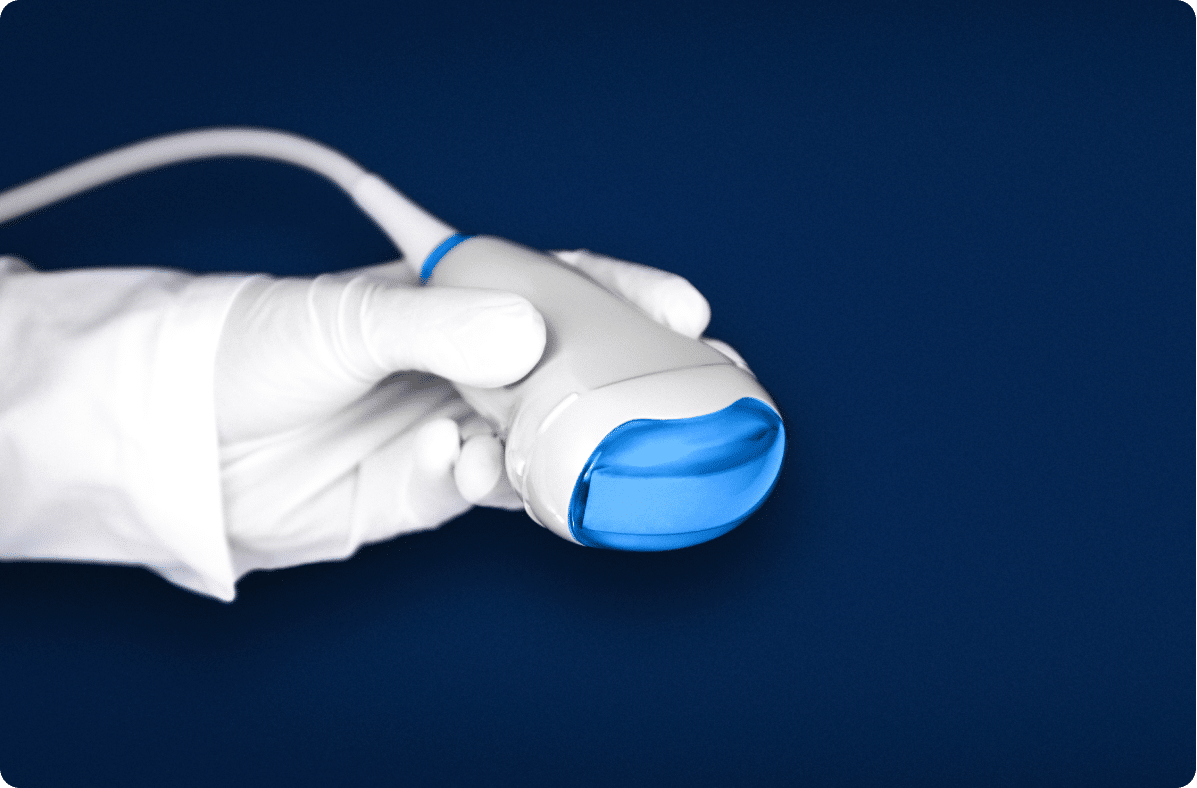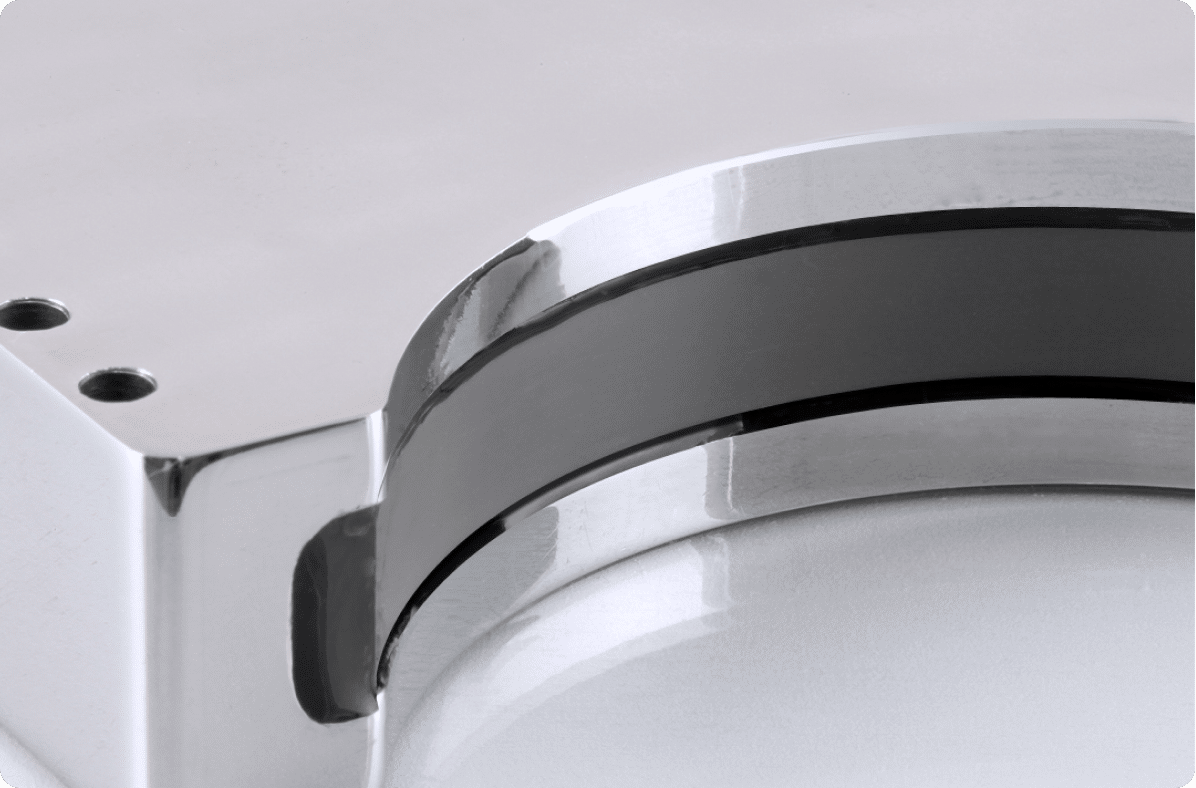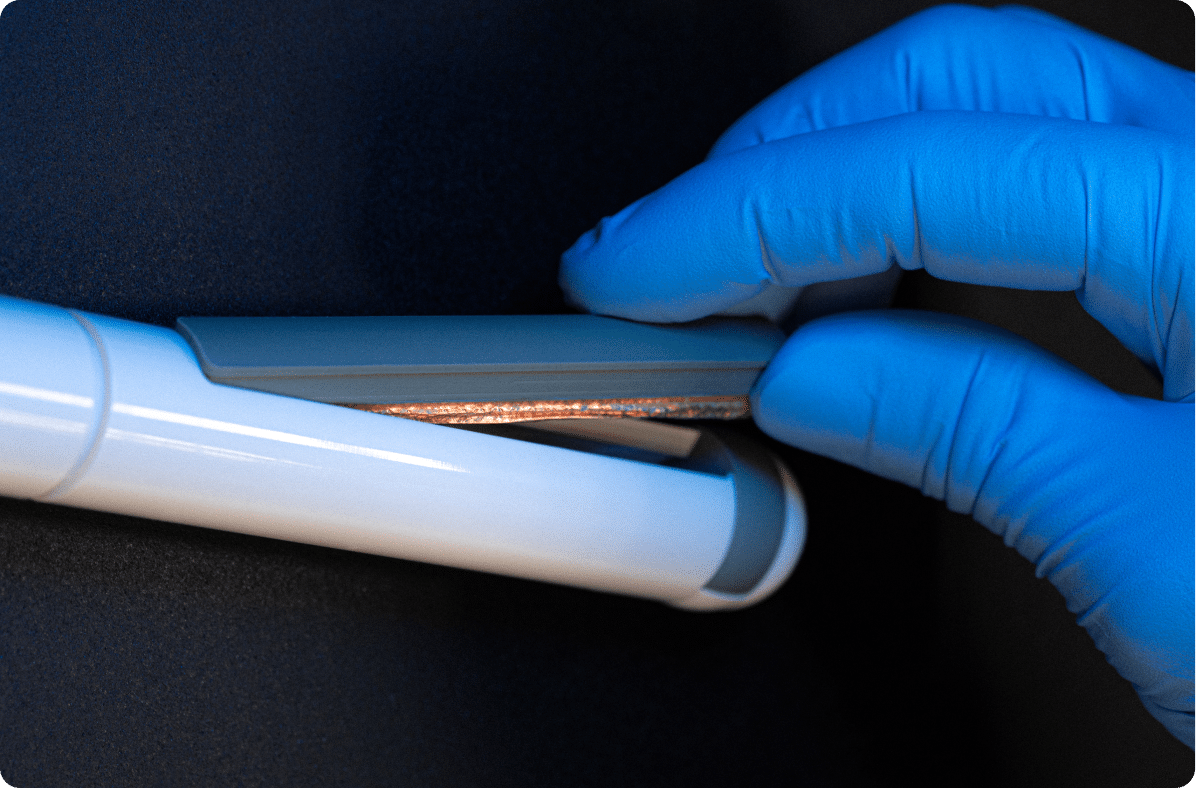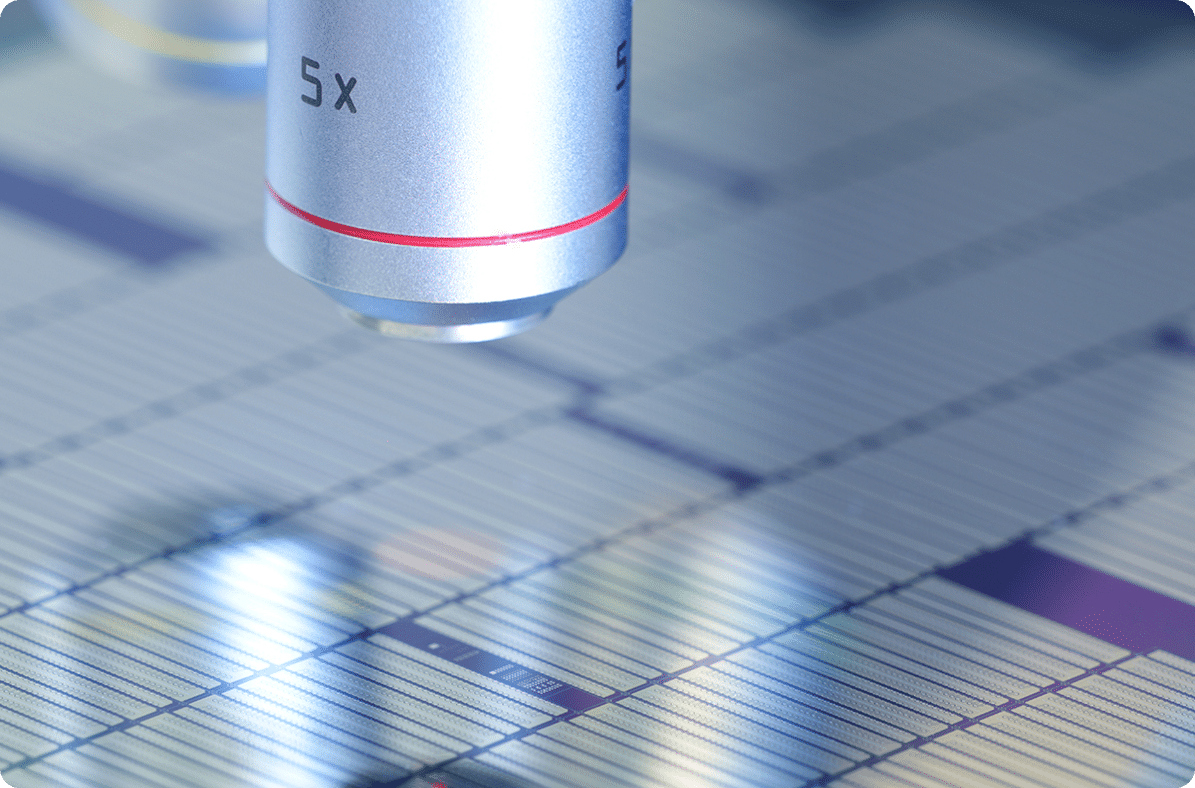The 2024 IEEE Ultrasonics, Ferroelectrics, and Frequency Control (UFFC) Joint Symposium is set to take place from September 22 to 26, 2024, at the Taipei Nangang Exhibition Center in Taipei, Taiwan. This conference celebrates the 70th anniversary of the IEEE UFFC Society and encourages in-person attendance while also offering options for online participation.
Vermon has been proud to actively participate in this unique international event since 1996. The symposium has a significant impact on our community each year, and Vermon is honored to serve as a platinum sponsor for this momentous occasion.
This year, in addition to showcasing our products and innovations at our booth, our team will deliver several outstanding presentations on our latest R&D efforts and product developments.
Christophe Notard, Senior Business Specialist, will present as an Invited speaker in the session “Transducers & Transducer Materials Invited Talk”: Packaging for Diagnostic and Interventional Transducers
Abstract: The design of an ultrasonic probe dedicated to diagnosis or interventional purposes is a real challenge. Different topics, such as miniaturization and weight, EMI shielding and thermal management, disinfection or sterilization, and biocompatibility are to be considered.
Tony Mateo, Senior Ultrasound Engineer, will present in the session “System & Device Design (MSD) “:A Novel and Versatile USB OEM Ultrasound Platform: From Research Innovation to Extended Portable Application Development
Abstract:Miniature ultrasound (US) systems are adopted today for innovative applications to design new medical devices and procedure guidance tools, expanding the use of US beyond diagnosis. Beyond compactness, these systems must be energy-efficient and seamlessly integrable. We herein present a modular ultraportable US platform and its comprehensive user interface (UI). It was designed to demonstrate proofs of concept and build prototypes by offering a reliable, and versatile solution that allows researchers and innovators to focus on the core development of their ultrasound application. All controls ordinarily hidden in the backend of an US scanner are accessible and tunable in real time without any line of code. This enables fast development of novel portable US applications such as procedural guidance or passive cavitation imaging. To develop new applications, data export at many processing stages can be done in different formats, including MATLAB. An example of research application is provided throughout a M-mode acquisition by a LA8.5 active probe using a phantom mounted on loudspeaker vibrating at 6 Hz.
Victor Finel, R&D Ultrasound Imaging Engineer, will present in the session “System & Device Design (MSD) : A Matrix Array for Volumetric Imaging Using a Microbeamforming ASIC
Abstract: 3D ultrasound imaging has a potential in cardiology but its implementation is still an interconnection challenge. To achieve this goal, microbeamforming application specific integrated circuits (ASIC) can be integrated within the probe handle but they are usually designed to fit with the characteristics of a specific array, limiting their reusability on other transducers. In this work, we connected a novel matrix array to a microbeamforming ASIC via a flexible interposer, allowing the use of the same ASIC on a portfolio of transducers. Moreover, a hardware platform has been developed to drive several ASIC chips, ensuring the scalability of the system. Volumetric imaging was performed using a 24 × 18 matrix array (2.8 MHz central frequency, 78% -6 dB bandwidth, 270 µm pitch). The 24 microbeamformed channels were digitized using an ultrasound scanner. Resolutions of 0.9, 1.4 and 0.4 mm were measured in the azimuth, elevation and depth directions and were found to be in agreement with simulations. Finally, simultaneous control of two ASIC has been successfully achieved.
Guillaume Ferin, Active Probe Group Director, will present in the session “Biomedical Transducer Interface Electronics and Systems (TES)”: A Row Column Addressed Handheld USB Ultrasound Probe for Real Time Biplane Imaging
Abstract: 3D ultrasound imaging for biopsy or minimally invasive therapeutic guidance procedures strongly improve accuracy and workflow. It currently requires heavy ultrasound equipment to ensure accurate needle guidance from insertion space to the tissue of interest. We herein propose to ensure the intervention by using a portable USB row-column addressed probe allowing a biplane visualization for a more precise needle placement. The resulting device provides volumic diagnostic information with a simple device pluggable on a tablet or smartphone. The device exhibits good performance in agreement with abdominal imaging requirements for biopsy guidance, and has been successfully integrated to a USB portable ultrasound device. B-mode images have been acquired on a phantom along the two imaging planes. The device exhibits a +/- 45° sectorial field of view with a maximum penetration depth of 14 cm. This technology could easily be integrated into a surgical room environment to address other ultrasound guided procedures. This device could for instance be interfaced with a 3D localization algorithm of surgical tools using biplane visualization to ensure human or robotic based gestures.
Claire Bantigny, Deputy Director of Active Probe Group, will present in the session “JOINT: Materials Development for Ultrasound Transducers ”: Miniaturized 6 MHz Phased-Array Ultrasound Probe Based on Lead-Free Doped BaTiO3 Piezoceramics
Absrtact: We present here the work done to implement a novel lead-free piezoceramic based on doped BaTiO3 produced at large scale in a miniaturized 6 MHz ultrasound phased-array. Synthesis of cobalt-calcium-niobium co-doped barium titanate (Ca, Co, Nb-BaTiO3) powder has been optimized in this work, to scale up the production, and obtain pre-industrial batches (until 50 kg). Many ceramic samples could have been manufactured and characterized leading to a good reproducibility of performances. A 1-3 piezocomposite was fabricated by the Dice and Fill Method (DFM) and integrated in a 6 MHz transducer. Electroacoustic measurements of the complete probe were compared with the same PZT-based transducer and showed quite comparable results except for the pulse-echo sensitivity which is lower for the lead-free version. In conclusion the new composition of Ca, Co, Nb doped BaTiO3 shows really acceptable performances to replace PZT in a 6 MHz phased-array transducer. Moreover, it was possible to obtain large powder fabrication batch of 50 kg with good properties reproducibility leading to promising lead-free piezoceramic production at large scale.
Sean Toffessi, Acoustic Design Engineer, will present in the session “Biomedical Diagnostic and Imaging Transducers (TMI) : Analysis of Mechanical and Electrical Cross-Talk Effects in Advanced Single Crystal and Standard Piezocomposite Transducers Using B-Scan Measurements
Abstract: Cross-talk (CT), an unwanted interaction in ultrasonic arrays, alters their directivity. Research on CT in piezocomposites highlights geometric and passive material influences, mostly through impedance measurements. But, electrical and mechanical CT cannot be dissociated. Single crystal materials with high coupling coefficients offer potential alternatives, but their CT performance compared to piezocomposites lacks understanding. To address this gap, we conduct a comparative study using B-scans to quantify electrical and mechanical CT independently. Transducers with similar acoustic geometries, both piezocomposite and single crystal, are evaluated. Results show single crystal transducers exhibit lower electrical CT (3 dB) and reduced mechanical CT (8 dB) compared to piezocomposites. However, piezocomposites disperse the wavefront less. These findings are discussed concerning their impact on directivity patterns and the influence of the lens.
For more details don’t hesitate to visit the IEEE UFFC IUS website : https://2024.ieee-uffc-js.org/












